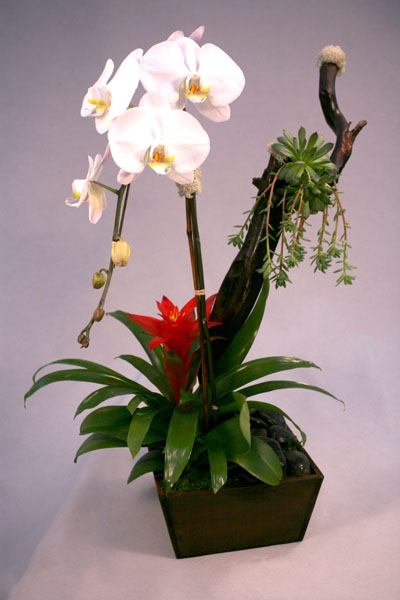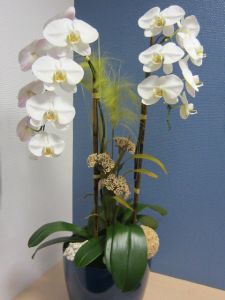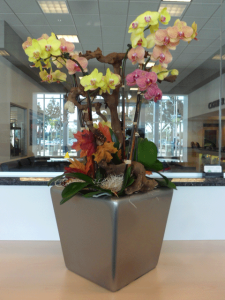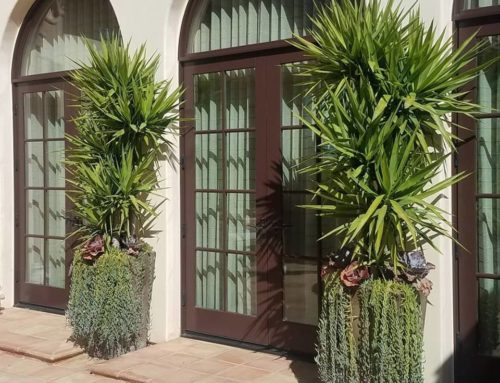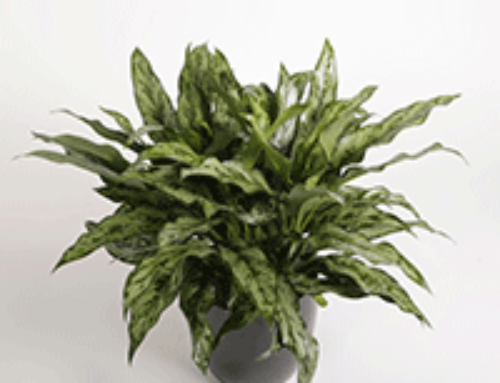Moth Orchid: Simple, Elegant, Resilient
Origin
The Moth Orchid (or Phaleonopsis) is originally native to Southeast Asia, parts of New Guinea and Australia. The ancient Greeks named them such due to the moth-like shape of their flowers. In the early 1800s Victorian Era, Orchid Fever spread across all of Britain. Today, the Moth Orchid is among the most popular indoor flowers in the world.
The Moth Orchid did not get famous for its beauty alone. This tropical plant remains popular in commercial and residential settings because of its resilience, low maintenance, and ease of propagation.
Species
Available in over 60 species and thousands of hybrid colors and patterns, the genus can be classified into 2 general groups:
- a group of species with a long branch and large round flowers (usually white or rose colors).
- a group of species with short stems, waxy flowers, and more vibrant colors.
Blooms
These orchids tend to flower in late winter and early spring, but can be propagated in controlled climate greenhouses year-round. On the other hand, the blooms can last up to five months and re-generate every six months to a year.
Environment
They prefer a humid, somewhat warm environment with a subtle breeze, but they adjust well to most interior conditions. Since they grow naturally next to trees and other partially shaded areas, they should not receive direct exposure to the sun. Poorly lit rooms with dark furnishings are not ideal for this plant. Additionally, If the leaves of your orchid look yellowish green and not dark green, this is a sign that it is not receiving enough light.
Potting
Orchids use air roots, so they need a balance of air and water. Potting orchids in moss is a popular practice because it holds the water, and needs less frequent watering. Stuffing the plants in paper is not recommended as it dries the roots out.
Watering
There’s no set formula, but we suggest watering early in the day so that the leaves have a chance to dry before nightfall. The moisture level must be regularly checked, but it’s better to be more dry than wet to avoid wilting and leaf loss. They can be fertilized twice a month after watering and re-potted every few years to avoid root rot.
Some breeds of this orchid are even genetically modified to resist pests, last longer and produce amazing color schemes and patterns. From pretty pinks to sudden sunsets, and single to multi stems, the possibilities are endless.
Contact Us:
Want to brighten up your home with some pink or orange? Or calm the office with a soft white flower? Inquire about our Orchid Design Services and Maintenance, toll-free at (800) 690-7875 or visit www.myplantopia.com. A Free on-site assessment can be scheduled to determine how we can be of service.

